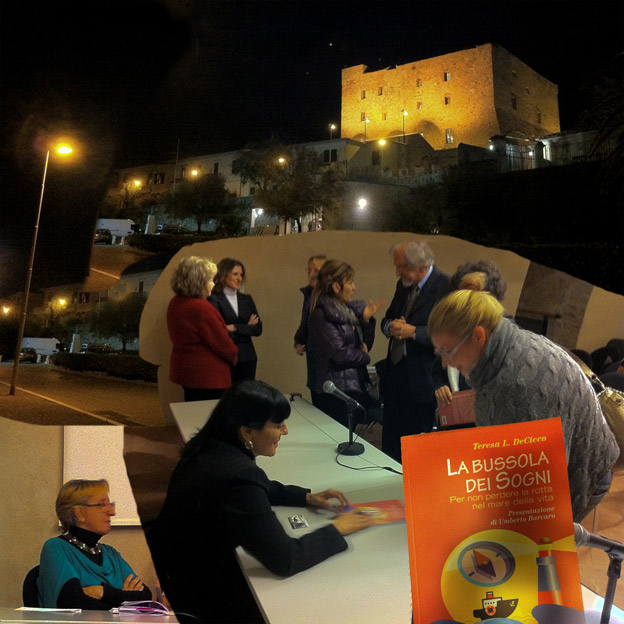Friday, September 28, 2012
The Dreams of Canadian Soldiers
My name is Allyson Dale and I studied the dreams of soldiers after war with Dr. DeCicco for my Masters. We found that TSM was very effective with soldiers in revealing to them what their dream means. Soldiers had much more aggression and perceived threat in their dreams when compared to a control group of age matched male university students. We also examined the discovery passages from TSM and found that soldiers learned about specific events relating to their tour from aggressive acts in their dreams. They also learned about specific relationships such as relationships with their comrades.
Predictive value of dreams was also found where certain dream categories predicted categories of discovery, as was found with males (Dale & DeCicco, 2012). Both dream content and discovery from the dream were relevant and meaningful for both soldiers and male civilians which reflect their waking lives, further supporting the continuity hypothesis.
Thursday, September 20, 2012
The Dreams of University Students....
The Storytelling Method of Dream Interpretation (DeCicco, 2007) was found to be valid and reliable when tested with both female (DeCicco, 2007) and male (Dale & DeCicco, 2012) university students. These studies found a gender difference between males and females, and, the continuity hypothesis was upheld. That is, that students dream about relevant waking day events. Students of both genders also found meaning in their dreams with the method more than 80% of the time.
Once these studies established the categories of images that students dream about (e.g. school, family, other females, anger, stress, etc.) these categories could be used in future studies for comparison purposes. The dreams of female breast cancer patients for example, could be compared to females of similar age and the dreams of male soldiers returning from war could be compared to males of similar age.
In fact, the dreams of male soldiers returning from war were examined and found to be relevant. Furthermore, The Storytelling Method was helpful for them finding meaning in their dreams. How might The Storytelling Method be helpful to soldiers returning from war and how would their images and meanings be different than male students?
Thursday, September 13, 2012
Dreams tell us age, ethnicity, gender etc....
Extensive dream research has shown that researchers can identify participant's age, gender, ethnicity, personality traits, and other pertinent details from their dream images. It appears that dreams are in fact a "finger print" of the dreamer's waking day life at many levels. A recent study by Hoekstra, Stos and Swendson (2012) examined the dreams of individuals who watched specific television programs and found that their dreams reflected their own ethnicity, and, the ethnicity of the characters from the programs. What does this say about the dreaming mind in terms of waking day events and the personality of dreamers?
Monday, September 10, 2012
Our Dreaming Mind......
Our Dreaming Mind is now one of the foremost areas of research as scientists have developed sophistocated techniques and methods to measure this. Our Dreaming Mind is also the title of Dr. Bob Van de Castle's textbook, which takes readers through a great body of knowledge about dreams and dreaming. One of the most important and interesting topics discussed in the book are cultural differences in attitudes about dreams. Some cultures have rejected dreams over the years while others have embraced them, studied them, and used them, without interruption for thousands of years. What are some of the attitudes in North American culture about dreams at this time, and, how can dream research affect that?
Wednesday, September 5, 2012
Fall Blogging............
Welcome back after a beautiful summer. New blog posts will begin next week and I look forward to sharing information and discussions about dreams and dream research with everyone who participates.
Subscribe to:
Posts (Atom)



